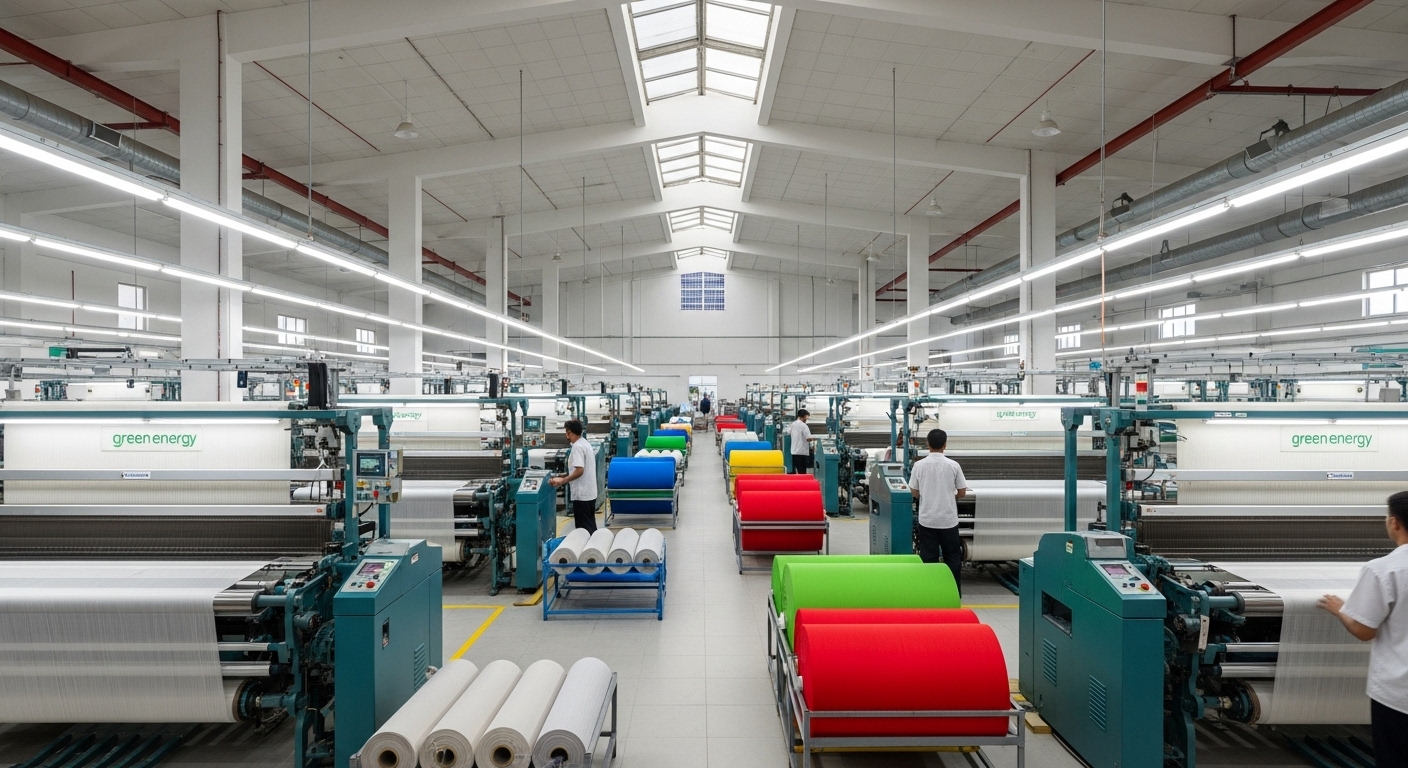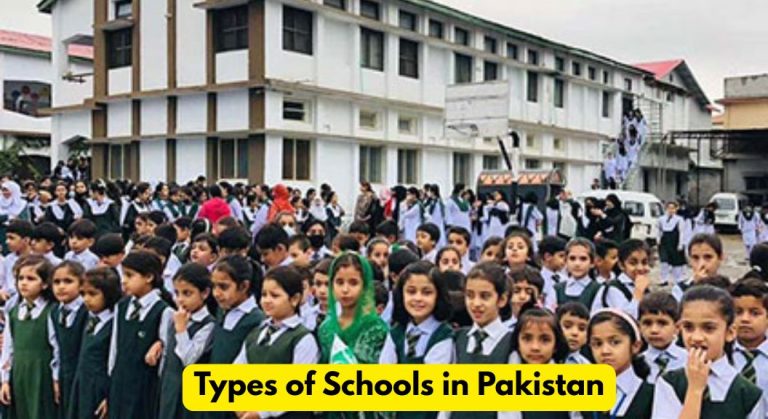Faisalabad’s Green Transformation: From Textile Hub to Renewable Energy Pioneer

Faisalabad, often referred to as the “Manchester of Pakistan,” has long been known for its thriving textile industry. The city’s economic backbone has been built on looms, dyeing units, and export-quality garments. However, in recent years, Faisalabad has embarked on a new journey — transforming itself from a traditional industrial city into a hub of green and sustainable energy. This bold shift is not just environmentally significant but also economically strategic, especially in the face of Pakistan’s ongoing energy crisis and climate change concerns.
1. Faisalabad’s Industrial Legacy
Faisalabad has historically played a crucial role in Pakistan’s economy:
- Textile Capital: Over 50% of Pakistan’s textile exports originate from Faisalabad.
- Employment Generator: The city provides millions of jobs directly and indirectly through its industries.
- Exports Powerhouse: Faisalabad contributes significantly to Pakistan’s GDP through textile exports.
While the city’s industrial strength has driven development for decades, it has also led to problems like:
- Air and Water Pollution
- High Carbon Emissions
- Energy Shortages Due to High Power Consumption
2. The Need for Green Energy
Pakistan faces multiple challenges:
- Chronic Power Shortages: Load shedding affects both domestic and industrial activities.
- Rising Fuel Imports: Increasing reliance on expensive imported fuels affects the economy.
- Climate Vulnerability: Pakistan ranks among the top countries vulnerable to climate change.
These issues have forced cities like Faisalabad to rethink their energy strategy — not just to sustain growth, but also to protect the environment and reduce dependency on fossil fuels.
3. Rise of Renewable Energy in Faisalabad
In the past few years, Faisalabad has made remarkable progress in adopting green energy:
a) Solar Energy Adoption
- Factories Turning to Solar: Textile mills and industrial units are now installing solar panels to reduce electricity costs.
- Government Incentives: The Punjab government has provided support and subsidies to encourage solar energy adoption.
- Residential Rooftops: Many homes and businesses are now equipped with rooftop solar systems, reducing reliance on the national grid.
b) Biogas from Industrial Waste
- Textile and Agriculture Waste: Faisalabad’s industries are now converting organic waste into biogas.
- Eco-Friendly Power Generation: Biogas plants are being used to generate electricity, especially in industrial zones.
c) Wind and Hybrid Projects (in progress)
- While wind energy is more common in coastal areas, hybrid energy systems (solar + storage) are being tested in Faisalabad for factories and commercial centers.
4. Major Green Energy Projects in the City
Several notable projects reflect Faisalabad’s green vision:
- Interloop Limited: One of Pakistan’s largest textile manufacturers, Interloop has installed large-scale solar power systems in its units.
- Sitara Chemical Industries: This industry is investing in solar and waste-to-energy technologies to power its chemical production plants.
- University of Agriculture Faisalabad (UAF): UAF is leading research in renewable energy, developing low-cost solar and biogas solutions for rural and urban use.
5. Benefits of Faisalabad’s Green Shift
The transition to renewable energy is already delivering multiple benefits:
- Reduced Power Costs: Industries are saving significantly on electricity bills.
- Uninterrupted Production: Solar energy helps maintain the power supply during outages.
- Environmental Impact: Lower emissions and pollution levels are improving air and water quality.
- Job Creation: The renewable energy sector is opening up new job opportunities for engineers, technicians, and skilled workers.
6. Challenges in the Green Transition
Despite the progress, Faisalabad still faces obstacles:
- High Initial Costs: Many small businesses find it difficult to afford solar systems.
- Lack of Awareness: Some industries are still unaware of the long-term benefits of renewable energy.
- Grid Compatibility: Integrating renewable energy with the national grid requires better infrastructure and policy reforms.
7. The Role of Government and Private Sector
The green transformation is only possible through combined efforts:
- Policy Support: The government must offer more tax incentives, net metering facilities, and financing options for renewable energy.
- Private Investment: Businesses need to see green energy not as an expense but as a smart investment.
- Public Awareness: Campaigns are needed to inform citizens about the benefits of clean energy and energy conservation.
8. The Road Ahead: Vision 2030
Faisalabad aims to become a model green industrial city in Pakistan by 2030. The goals include:
- 50% Renewable Energy Use in Industries
- Zero Waste Industrial Parks
- Solar-Powered Public Transport and Street Lighting
- Smart Energy Grids for Better Load Management
Conclusion
Faisalabad’s journey from a traditional textile city to a leader in green energy is both inspiring and essential. It shows how cities can embrace innovation without losing their economic identity. By investing in clean energy today, Faisalabad is not only ensuring a sustainable future for its industries and people, but also setting an example for other Pakistani cities to follow. The green transformation may be a challenge, but it is also a golden opportunity — one that Faisalabad is boldly embracing.





